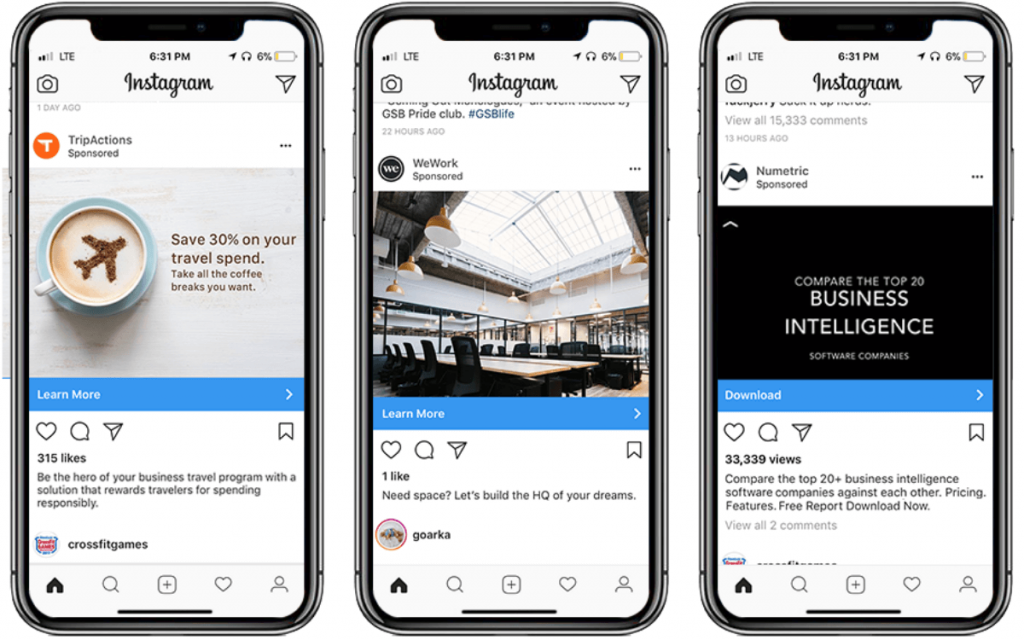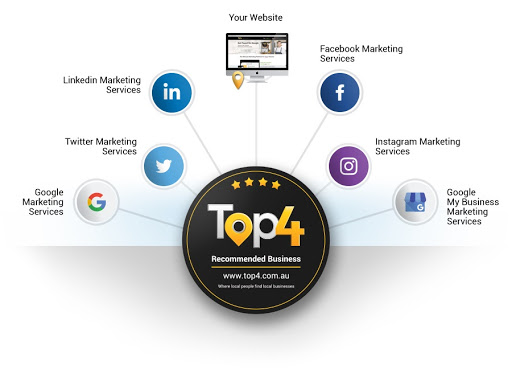Frustrated by the rising costs of ads and declining reach, some fashion brands are re-allocating their marketing budgets
When beauty entrepreneur Charlotte Cho launched her skincare company Then I Met You, she decided the company was going to spend zero dollars on social media advertising.
Instead, Cho allocated her startup’s marketing budget on real experiences for customers. Over the holidays, all product orders came with three $1 bills; Cho invited customers to spend the money on a cup of coffee with a friend they’d lost touch with. She’s also creating free events for shoppers, like an evening with YouTube beauty star Michelle Phan and panels about racism in the beauty community.
“I’m not saying this is the easiest or fastest route, and I know it’s going to take hard work, but we believe growing our community without all the social media ads is more authentic than paying our way to grow,” said Cho, who is best known for her Korean Beauty marketplace Soko Glam. “I want to build a community, not buy one.”
She’s not alone. A growing number of brands are rethinking their approach to social media advertising, still considered in many quarters to be an integral part of the start-up playbook. They’re worried about declining returns from marketing dollars spent on Instagram and other platforms.
In a statement to BoF, a Facebook spokesperson said the company is “constantly working with businesses to improve performance and drive greater ad efficiencies across our platforms.”
Companies that have capped or pulled back on digital marketing range from consumer products giant Procter & Gamble and cosmetics chain Lush to home goods start-up Snowe and cashmere specialist Naadam. Many brands are spending more on catalogues and old-school efforts like direct mail and outdoor advertising instead.
“If Instagram launched today, we would be laughing at a platform that expects us to spend so much just to get in front of audiences,” said Renae Smith, founder of Sydney-based PR agency The Atticism, who said she advises her fashion clients to ditch social media advertising entirely. “Social media has gone from a place that’s a fantastic way to connect to being a business that sucks all the money out of a brand’s wallet and is still ineffective.”
The pushback against social media ads
For now, few brands are following Cho’s lead. Instagram’s ad revenues in the US are expected to hit $9 billion this year, from $6.1 billion in 2018, according to eMarketer.
Most users’ feeds are filled with ads from fashion and beauty brands, including countless direct-to-consumer start-ups. They’re emulating brands like Harry’s and Bonobos, where buying audiences on social media via sponsored posts and targeted ads that follow customers around the internet fuelled early growth.
If Instagram launched today, we would be laughing at a platform that expects us to spend so much just to get in front of audiences.
But the golden days of striking it big via social media marketing may be coming to an end. The next men’s grooming start-up must fight for attention with numerous lookalike competitors, not to mention Harry’s, which recently agreed to be acquired by Edgewell.
“An overload of targeted ads can also generate fatigue and hurt a brand if it isn’t done correctly,” said Daniel Romano, co-founder of Good Moose, the performance marketing agency of branding company Red Antler. “You repeat the same ad to a customer over and over, and it just becomes annoying.”
Costs are rising too. The average digital ad costs 12 percent more than it did two years ago, according to Adobe Digital Insights. Brands have increased spending on digital ads by 42 percent over the last two years, but visits to those same brands were only up 11 percent, Adobe found. Facebook disputes these figures. In June, the company said in its second quarter, the average price per ad decreased by four percent, and that ad impressions increased 33 percent.
“Forty to 80 percent of the venture capital dollars raised by online brands is spent on Facebook and Google ads,” said Michele Romanow, the founder of finance start-up Clearbanc. “For brands that already have product-market fit and just need money to acquire new customers, this is a really bad deal.”
Fashion brands question the social media ad playbook
In April, cosmetics retailer Lush said it was ceasing the use of its social media entirely in the UK.
“We do not want to pay to appear in your newsfeed,” Lush wrote. “So we’ve decided it’s time to bid farewell to some of our social channels and open up the conversation between you and us instead.”
Its UK Instagram account, with 606,000 followers, remains open but inactive. The retailer’s US Instagram account, which has 4.4 million followers, continues to post.
Procter & Gamble, which owns Gillette and Olay among other brands, said last year it was cutting about $200 million from its digital advertising budget. Chief Brand Officer Marc Pritchard said at a conference that the company found the spending to be wasteful; Facebook users were only watching the company’s ads for 1.7 seconds.
An overload of targeted ads can also generate fatigue and hurt a brand if it isn’t done correctly.
Snowe is decreasing its digital marketing spend on Instagram and Facebook this year, said Co-Founder and CEO Andrés Modak, because of “the rising costs and lack of ability to target in the same way.” Naadam won’t be raising its social media marketing budget this year.
“The more you spend, the less you get,” said Chief Executive Matt Scanlan said.
For many fashion brands, social media ads are still a winning ticket. Scanlan admits that constantly funnelling money into Facebook and Instagram ads is frustrating, but “it’s the best type of advertising.”
And some newcomers are still all-in. Trisha Okubo, the founder of digital jewellery brand Maison Miru, said Instagram marketing is “a game-changer for letting emerging brands compete with legacy ones.” Okubo, who launched her brand in 2017, said she spends $500 a day on digital ads, with 80 percent going to Instagram.
“Until something new comes about, it seems like the best option, from a small business perspective,” she said. “But should we all be concerned about the fact that we are beholden to Instagram? Probably.”
Users have become suspicious of ads too. Brands are seeing an 18 percent engagement decrease on Instagram this year, according to a study from data consulting firm Trust Insights, while influencers are experiencing a 44 percent engagement decrease.
Seeking effective strategies elsewhere
Romano, of Good Moose, said that while 95 percent of the advertising budgets of clients five years ago was spent on Facebook and Google, he now recommends spreading that money around. Sites like Quora and Pinterest are becoming popular with brands, as is up-and-coming short-form video platform Tiktok. P&G has invested more in commercials on streaming services like Pandora.
While Facebook and Google currently devour more than half of online digital advertising, according to marketing researcher Magna, Amazon and Walmart are less crowded with direct to consumer brands, and so paying for banner ads or for search products to appear higher on their marketplaces might render better results.
Should we all be concerned about the fact that we are beholden to Instagram? Probably.
Brands have returned to old-school approaches like direct mail. Mail has been a winning strategy for companies like M.Gemi, Away and Hims.
Billboards are seeing a resurgence, too, with outdoor advertising hitting $38 billion last year, a 35 percent increase since 2010, per a report from ad data company Zenith published on Recode. Naadam is buying space on billboards this fall, according to Scanlan.
Smith, from PR agency The Atticism, said her clients also tend to find success with placements that are overlooked in a digital age, like in-flight magazines. It might not be the most glamorous option, but readers don’t have the option to swiftly click out of a story.
Lush has dedicated its UK social media spend to building an in-house app called Lush Connect, where customers can speak directly with brand representatives and view a live feed with content shared by other users.
Many e-commerce brands are opening stores as the flow of new customers coming from Instagram dries up.
“The rise of e-commerce for a while meant that digital advertising would be cheaper than rent, but the pendulum is now swinging the other way,” said Snowe’s Modak. The company has two stores in New York and plans to open more this year. “Now stores are a crucial part of the blended strategy of growing a brand.”
Looking to build customer loyalty through social media? Don’t forget to add your business to Top4 Marketing
List your business, create your own digital store to sell goods and services, and share posts on social media. Promote your business on Google instantly! Should you need help with local digital marketing then view our new Google Marketing Platform and services Top4 Marketing
Get Found On Google Promote Your Website, Reach local customers today!
Our Digital Marketing Agency Services Across All Industries Include Search Engine Optimisation (SEO), Google Marketing, Website Design, Corporate Web Development, and local location-based marketing using our own Google Marketing Platform!
Engage A Social Media Agency For Only 1/3 The Cost Of Employing A Social Media Manager…LET’S TALK!
Source: BoF







